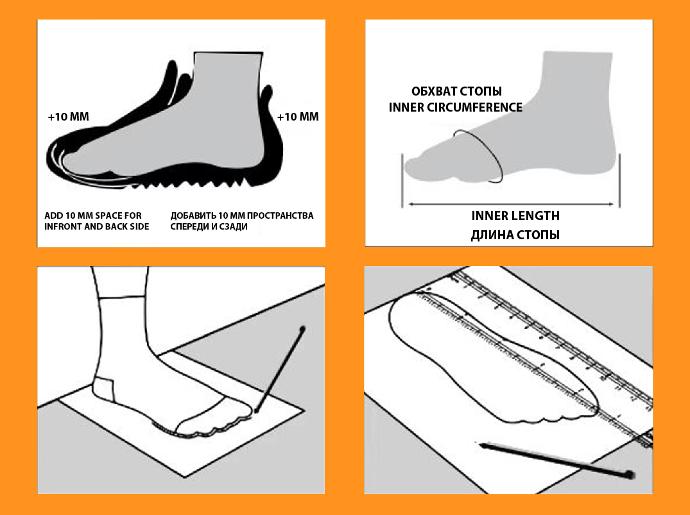There is a lot of acting standards in the world that regulate definition and naming of apparel sizes that act in the world. This article describes the most common approach in Central Asia, which we have implemented for design and production at our factory. Grading is harmonized to a certain level with international standards and practices.
Sizing Standards
Our company relies on acting GOST standards for design and production of apparel:
- GOST 31399-2009 Classification of typical male figures by drop, size and fullness for design and production of apparel.
- GOST 31400-2009 Classification of typical male figures of extra-large sizes.
- GOST 31399-2009 Classification of typical female figures by drop, size and fullness for design and production of apparel.
- GOST 31397-2009 Classification of typical female figures of extra-large sizes.
- GOST 32118-2013 Head Ware. General technical conditions.
- GOST 11373-88 Footwear. Sizes.
Note: when manufacturing workwear significant allowances are introduced to ensure movement freedom to avoid discomfort during manual labor. Nevertheless, if you plan to use manufactured garments as a second and third layer (signal vests on top of winter parkas as example) please let us know in advance at ordering stage. We will introduce corresponding additional allowances.
We utilize letter size labels of combined sizing groups in the shop for your comfort. Browse below to find grading tables for men, women, head garments and shoes:
Additional Drop sizes for men and women can be used to introduce better fit for non-standard figures:
S (Short): -6 cm
R (Regular): +0 cm
T (Tall): +6 cm
Recommendations
Garments
We all know our figures are perfect. We do not argue the case, but, please, use correct measurements when placing your orders.
Stay Updated!
Subscribe to our newsletter to receive more interesting content directly to your inbox.
Don’t miss out on the latest updates, insights, and exclusive offers!
Find out your shoe size
Please, follow these recommendations to ensure delivered items correspond to your expectations.


Garment Sizes